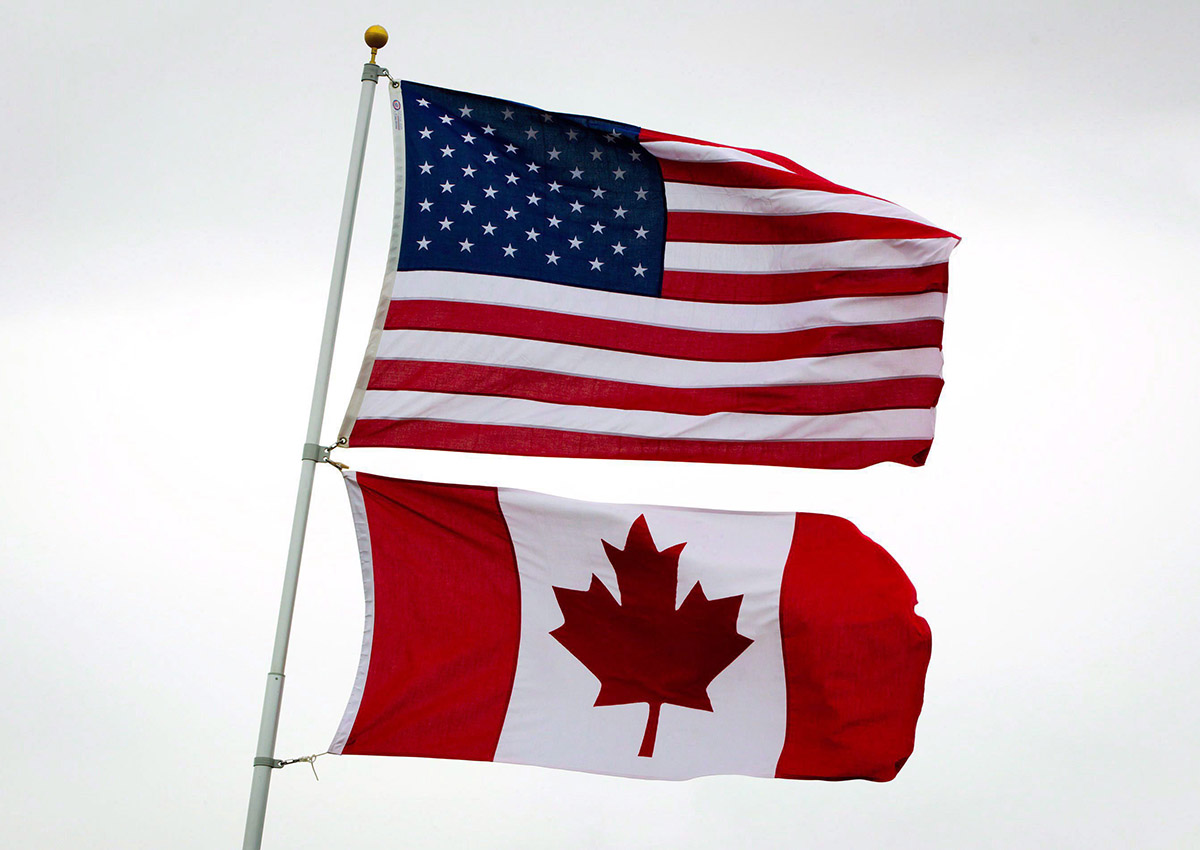Canada could soon have its first customs facilities inside the United States, says an American official who cites Florida and Arizona as potential sites for pilot projects in ongoing experiments to modernize the border.

This would come decades after American preclearance facilities were first placed at major Canadian airports, where travellers have long cleared customs before flying to the U.S., with the goal of reducing wait times at the back end.
READ MORE: American border officials are reminding Canadians to not cross the border with their pot

Newer innovations involve train travel, with pilot projects to have rail passengers clear U.S. customs in Montreal and B.C., as the latest in ongoing efforts between the administrations of Stephen Harper, Justin Trudeau, Barack Obama, and Donald Trump.
Next, the project could spread south, an official said Monday.
“While Canada has not yet deployed inspection personnel to the United States to facilitate pre-clearance movement into Canada, we hope to see steps on this in the near-future. Perhaps in a pilot project in Scottsdale, or in Fort Lauderdale, Fla., for example,” said Kenneth Merten, a deputy assistant U.S. secretary of state.

Get breaking National news
“Such deployments can only make cross-border commerce and travel more efficient. … With the world growing smaller every day, we look to these and other programs to further facilitate trade and travel flows.”
READ MORE: Here’s what new powers U.S. border guards have when it comes to your cell phone
He was among several speakers at a conference about the future of the Canada-U.S. border, hosted in Washington by the Wilson Center.
A Canadian official speaking at the conference says speeding up the border is an economic imperative. He said border wait times cost the Canadian economy somewhere between one per cent and 1.8 per cent of GDP in 2010.
“A more efficient, seamless border will make it easier for passengers,” said Vincent Rigby, associate deputy minister at Public Safety Canada.
“It’s also essential to our economies.”
His boss, Public Safety Minister Ralph Goodale, has said his ultimate prize is introducing preclearance for cargo. In a recent interview with The Canadian Press, he described the goal this way: have customs officers inspect car parts at an auto-manufacturing plant, observe the sealing of cargo packages and send them on their way for speedy movement between the countries.
But one longtime trucking industry official raised a note of caution.
READ MORE: Border patrol arrests hit 45-year low during Trump’s first year in office
Jennifer Fox expressed her concern that all these big-picture modernization efforts will be for naught if the countries fail to improve the smaller details. She said she was speaking from experience, with frustrations about red tape.
One problem she cited: government departments not connected to customs systems.
WATCH: Preclearance customs between U.S., Canada

She said a decade-old U.S. program aimed at automating customs barely does anything as a result of this. For example, she said a company importing tires still faces border delays – because the customs system has no idea if the tires meet standards set by the U.S. Environmental Protection Agency. And a company importing health products would face the same delays, because the customs system doesn’t communicate with the U.S. Food and Drug Administration.
“USDA, FDA, EPA. Whoever has a hand in those goods – they need to be talking,” said Fox, now with the North American Strategy for Competitiveness group.
She said these technical details need to be straightened out first, before the countries create new systems that don’t work. For example, even the payment systems for customs fees differ from one country to the other and are somewhat archaic.
“(Truckers) are still paying cash at the border (in the U.S.),” she said in an interview.
“You’ve got to have exact change… If you don’t have enough – say, you show up with a $10 bill and it’s $13.75 – they send you to secondary (inspection).”







Comments